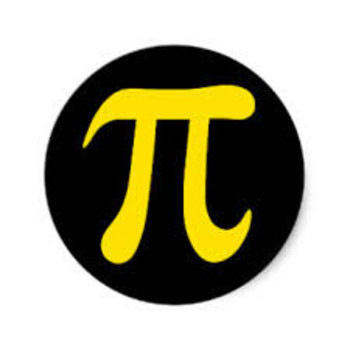What is the difference between proving and solving when it comes to trigonometric identities?
1 Answer
You PROVE, not SOLVE an identity
Explanation:
You will not be asked to SOLVE an identity.
You will asked to PROVE that the LHS is equal to the RHS.
Therefore you have to keep each side as it is given, but change its form by using various laws and properties of maths.
As soon as you move any term to the other side, you are not working with the original expressions any more.
You are told that the two sides are equal, you just have to prove why that is so. Here's an example.
Prove that
It would be easier if the left-hand side was positive, so we can write in an equivalent form.
#color(blue)(-secthetacsctheta)= color(red)((secthetasintheta)/(cos^2theta - 1))#
They look different! Prove that they are in fact the same.
Now rewrite using:
now:
#color(blue)(-secthetacsctheta)= color(red)((secthetasintheta)/(cos^2theta - 1))# becomes:
#color(blue)(-1/(costhetasintheta))" = "color(red)((1/costheta sintheta)/(-sin^2theta))#
#color(blue)(-1/(sinthetacostheta))" = "color(red)( sintheta/costheta * -1/sin^2theta)#
#:. color(blue)(-1/(sinthetacostheta)) = color(red)(-1/(sinthetacostheta))#
As you can see, the left hand side equals the right hand side, so the identity has been proved.
Hopefully this helps!


